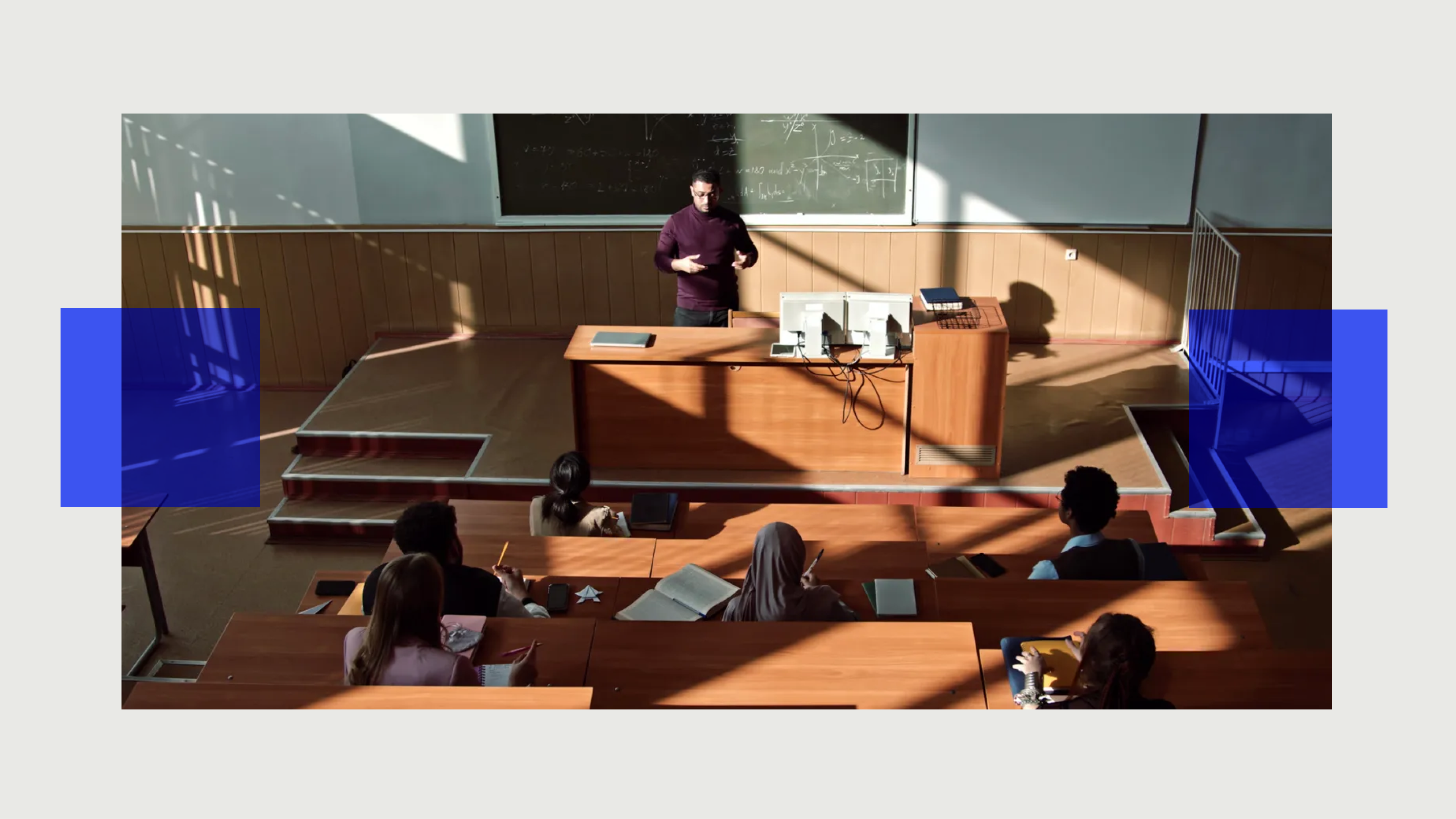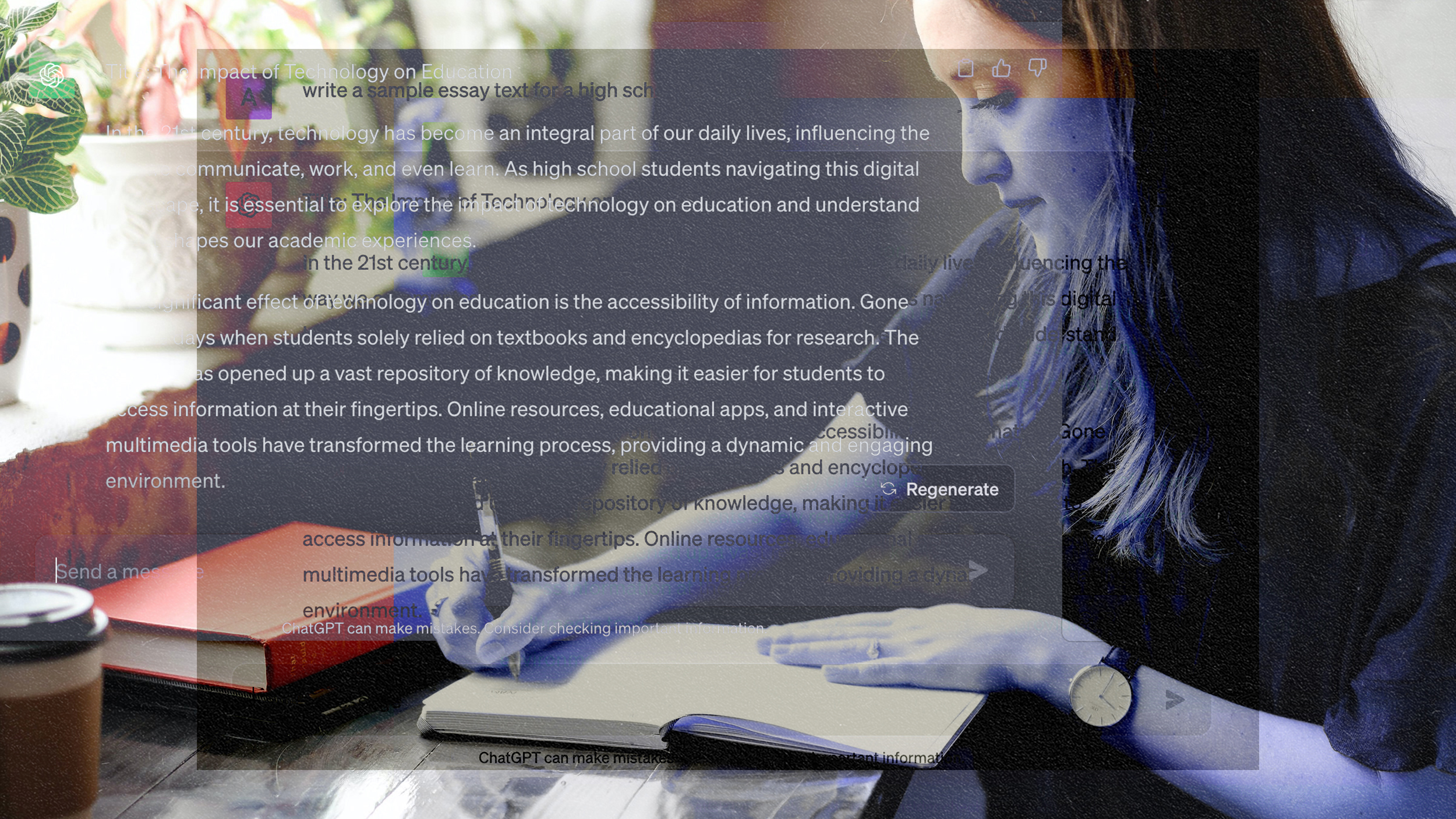For jobs that are hitting the market these days, the old adage is wrong — it’s what you know, not who you know.
Various reports suggest that nearly two-thirds of jobs in the United States require or will soon require some kind of credential after a high-school diploma — be that a traditional college education, an associate degree, a technical certificate, or an industry certification.
Higher education remains a powerful force to address income inequality, close equity gaps, and promote civic engagement in American society. The problem is that only 52% of Americans have that kind of credential or degree, and there are disparities along the lines of race and class that make it difficult for everyone to get that kind of accreditation. The rich have an easier time of getting it than the poor, and racial minorities still have a comparatively difficult time accessing and completing higher education.
Many people and organizations, including Lumina Foundation, are laser focused on this national crisis. They hope that through a combination of targeted interventions and advocacy they can help get 60% of American adults accredited by 2025.
School’s in
Getting America to a point where 60% of people have a postsecondary education would be huge: Not only would it help prepare the country for the jobs of the 21st century, but it would also provide those holding the diplomas the ability to hold higher paying jobs, select from a larger number of career options, and better participate in civic and social life.
It must be repeated that these are not all just jobs requiring a four-year degree — they are also for jobs requiring technical education, certifications in an industry, or an associate degree. Given how many options there are and the number of people who hold at least some postsecondary credits, getting to a point where a super majority of Americans have these credentials is not impossible.
So then, why aren’t we already there?
Among the reasons are issues relating to race, class, and the changing demographics of who students are and what support they need to succeed. There is a long history of racial discrimination in the U.S. that’s made a college education less accessible for certain groups. A combination of explicit segregation, the targeted lack of resources in schools catering to non-whites, and a slew of other policy choices have made it so that a Latino, Black, or Native American is much less likely to have a secondary credential than a White or Asian American.
Then, of course, is the problem of poverty. University education used to be limited to families that were well off or those who could get scholarships. It is only relatively recently that low-interest loans have made mass attendance at major universities possible, though not without side effects. Students who come from impoverished families and school districts face other difficulties as well, including having less experienced teachers, fewer extracurricular options, and fewer educational resources.
Beyond the systemic issues, there are “life gets in the way” issues such as childcare, transportation, paying for college and scheduling that can make it difficult for people, especially working adults, to complete courses they need to earn their postsecondary diploma. . In part, this is because the majority of postsecondary students are not the traditional, straight-out-of-high-school students. Our support systems aren’t designed to handle many of today’s students.
To help address the issues of race, Lumina is providing funds for organizations that help to make campuses a welcoming place for students of all backgrounds as well as for groups helping to improve educational opportunities at the local level. Additionally, they encourage state governments to avoid spending cuts to higher education institutions that are proactive in enrolling diverse student populations. ,
With poverty, Lumina is working to help policy makers to help keep education in reach of all families. Lumina aims to ensure that colleges are incentivized to help students finish school, so that expensive credit hours don’t turn into money wasted.
Other obstacles toward boosting the nation’s overall accreditation rate center on the changing characteristics of college students in the early 21st century. Compared to past decades, they are often older (partly because many people go back to school to reskill), many of them have children, and some have to attend classes part-time as they support themselves and their families. Unfortunately, our educational system still doesn’t always acknowledge that these students are a considerable presence on campus.
For them, help comes in the form of encouraging state governments to require schools to accept credits that these students may already have and making coming back to school easier.
Lots of things can get in the way of an education — both systemic factors and those more personal in nature. This can impact not only the individual, but the entire society, as more and more skills and credentials are required to compete in the global economy. Luckily, with a little hard work and some targeted interventions, getting to a point where 60% of Americans have a postsecondary credential should be possible.
COURTNEY BROWN: If you ask most people, who are today's higher education students? Most people think, "Oh, those kids. They graduate from high school, they live in a brick building for four years, and then they get a degree." And that could not be further from the truth.
40% of today's students work full-time, and almost 40% are age 25 and over. Many are not dependent on their parents, they're living independently. Many of them are below the poverty line. As jobs have changed, as different skills are needed, adults without post-secondary education need to go back in and up-skill, and re-skill, or even skill into what today's economy and today's workforce is demanding.
As a society, we have to make sure we're supporting the entire student and thinking about what it's going to cost for them to go into post-secondary education and successfully obtain a credential of value. Most Americans believe that America's number one in the world with regards to higher education. But the reality is, over the last couple of decades, over a dozen countries have far surpassed the United States.
In 2008, Lumina Foundation looked at the trajectory of the United States and of Americans, and recognized that by 2025, most jobs would require a post-secondary credential. So we set a goal for the nation...by 2025, 60% of people in the United States will have a degree, certificate, or other post-secondary, high-quality credential. As of today, we are at just under 52% So to reach 60 percent we have to actually understand...Who has access to the system and who is succeeding in the system?
There are those individuals who have never touched higher education. They may have a high school degree and they're in the workforce, but they have no other credential. They're more likely to be in low-wage jobs, more likely to not be able to retain their jobs, have multiple jobs. And that's roughly 90 million people in the United States. So let's take...Laverne... from my old dentist's office. She got a job...following high school. And as she proved herself, they gave her more tasks. So she started doing some light accounting and some office management. Then my dentist retired, and the office closed, and Laverne was out of a job. So she tried to apply for other jobs, other places where she could do some accounting, but she had no credential of value to show that she knew how to do accounting.
Then we have another 36 million people in the United States who started higher education and for whatever reason were unable to obtain a credential...Somewhere along the way, the system failed. That's one in five adults, age 25 to 64, whose dream was broken. And they're probably still paying off debt from that tuition, and yet they still have no credential to show for it.
We wanna ensure that all Americans have an opportunity to access and succeed with a post-secondary credential…and put that knowledge toward a credential of value. If we don't get to the 60%...then we're leaving behind millions of people that havethe talent, abilities, and knowledge that our nation actually needs. So reaching the 60% is not a nice to have, it's a must have for these individuals, for our communities, and for our country to succeed in the future.







